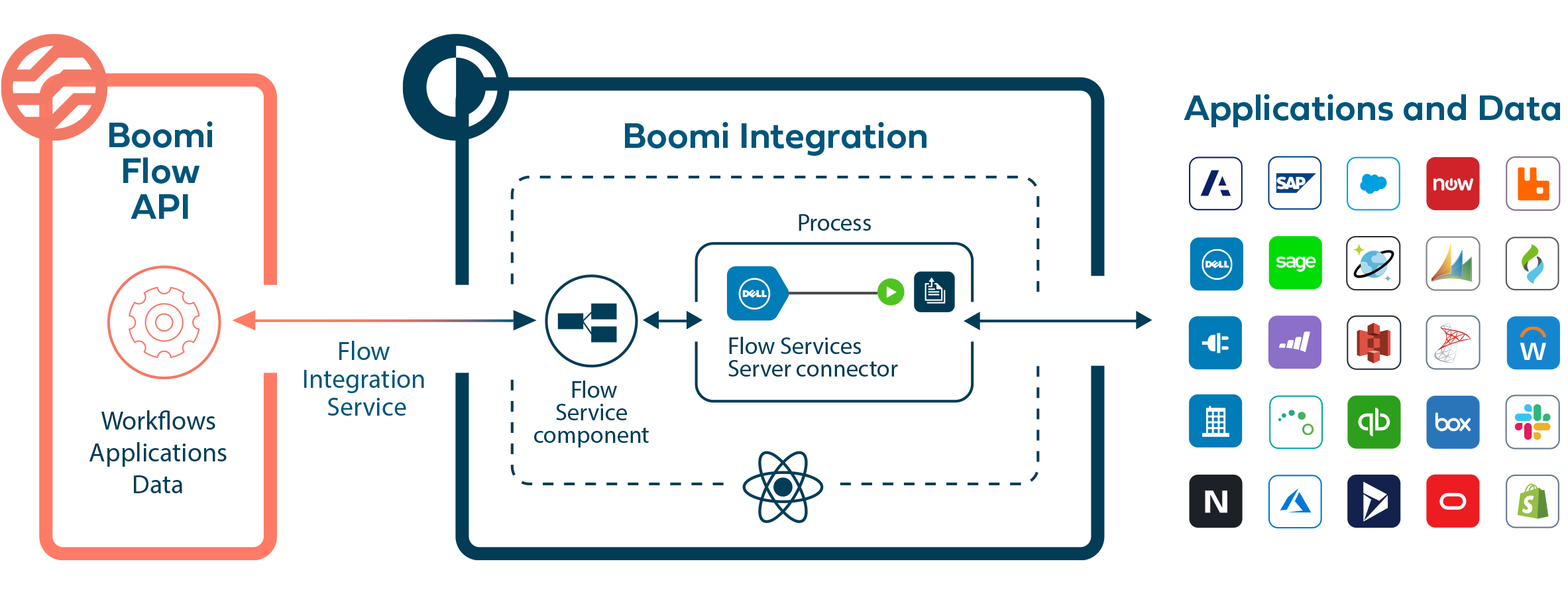Boomi Process Modes- A Boomi Integration Feature
- May 29, 2024
- Posted by: Aanchal Iyer
- Category: Uncategorized

About Boomi Process Modes
In the ever-changing landscape of digital integration, where data has all the power, organizations need robust solutions to streamline, manage, and enhance their workflows. Boomi, the leading Integration Platform as a Service (iPaaS) provider, is well known for its efficacy and versatility in integrating applications, data sources, and devices within an enterprise ecosystem. The key to Boomi’s functionality is a collection of process modes, customized to suit specific integration requirements while offering efficiency and flexibility.
The Process Mode setting controls how a process executes concerning performance and logging. It is crucial for listener processes used for APIs and event-based integrations. Process mode is a feature of Boomi Integration wherein users can select a specific process mode depending on their requirements. The different process modes in the Boomi process are:
- General (Default Mode)
- Low Latency
- AtomSphere
- Molecule
- Cloud
General Mode
The General Mode tracks the entire process data while executing outbound and inbound connector data, process execution states, and log errors. This is the default type of process mode for all integration processes, regardless of the deployment status of these modes. This is a great choice for normal processes scheduled for regular intervals of time. General mode allows users to deploy runtime engines on their preferred infrastructure, providing greater control over deployment configurations.
Low Latency Mode
Low Latency Mode is another Boomi process mode used for event-based/integrations. Since Listener/WSS/Event-Based integrations are expected to be completed within a very short amount of time, the low latency mode helps decrease the process execution time. Low Latency Mode does not track the data as the general mode does. Also, this mode does not track the metadata/inbound, and outbound data, and process execution logs.
Using this mode improves the performance of the processes by decreasing the execution time and it also enables simultaneous executions. By default, in Low Latency Mode, the “Only generate process log on Error” option is selected. Thus, one cannot see the logs once the process is over. If you are handling the error using the try-catch method without any exceptions, Boomi considers the process execution state as successful – thus, it does generate the log for this run. One cannot track the logs/data in such a scenario. This is one of the disadvantages of Low Latency Mode. A combination of Low Latency Mode and Atom workers improves the performance of the Event-Based process.
AtomSphere
Boomi’s AtomSphere mode is the integration framework offering a scalable runtime engine in the cloud. By using a distributed architecture, AtomSphere ensures seamless integration between on-premises and cloud applications, enabling real-time data exchange with minimal latency. Organizations can deploy integration processes within AtomSphere to orchestrate multifaceted workflows, change data, and enforce business logic resourcefully.
Molecule
For organizations that require heightened performance, security, and control, Boomi offers the Molecule mode—a grouped runtime environment augmented for critical mission and high-volume data processing operations. Molecule helps organizations deploy integration processes on-premises or within their favorite cloud infrastructure, providing improved fault tolerance and scalability. By distributing workloads across various nodes, Molecule helps with parallel execution, thereby fast-tracking data processing and enabling business continuity.
Cloud
Boomi’s Cloud mode epitomizes simplicity and agility, catering to lightweight integration tasks and rapid prototyping initiatives. Hosted entirely within Boomi’s cloud infrastructure, Cloud mode removes the need for complex deployment configurations, enabling organizations to swiftly implement integrations with negligible overhead. While ideal for scenarios requiring quick turnaround times and iterative development, Cloud mode offers robust connectivity and extensibility, ensuring seamless integration with manifold applications and data sources.
On-Premises
Recognizing the importance of on-premises infrastructure in certain industries and regulatory environments, Boomi offers its integration capabilities through the On-Premises mode. Organizations can take charge of their integration processes by integrating runtime engines within their data centres. T. On-premises mode seamlessly integrates within the existing IT ecosystems, enabling smooth data exchange across various systems without compromising compliance or security.
Selecting the Right Process Mode
Choosing the right process mode is crucial to accomplish optimal integration outcomes aligned with business objectives. Factors such as performance requirements, data sensitivity, deployment preferences, and regulatory considerations are crucial. Following are the key considerations for choosing the right process mode:
- Performance: Organizations managing large volumes of data or performing latency-sensitive processes can benefit from Molecule’s distributed architecture, which offers excellent performance and scalability.
- Security and Compliance: Industries subject to strict regulatory mandates or security requirements can choose the On-Premises Mode to exercise full control over sensitive data while ensuring compliance with industry standards.
- Agility and Cost: For agile development projects with budget constraints, Cloud Mode is an attractive option, that offers rapid deployment and pay-as-you-go pricing models minus the requirement for infrastructure provisioning.
- Hybrid Integration: In cases where hybrid connectivity between cloud and on-premises systems is crucial, a combination of AtomSphere and On-Premises Modes offer seamless integration while accommodating different deployment models.
- Customization: General Mode offers better control and customization over integration environments as compared to AtomSphere and Cloud Modes.
- Event-Driven Architecture: Low Latency Mode employs an event-driven architecture to offer support for continuous data processing and streaming. It is an excellent choice for use cases such as IoT data ingestion, financial transactions, and real-time analytics.
Conclusion
Aretove stands as a trusted partner in unlocking the full potential of Boomi’s various process modes. With expertise in integration strategy, customization, deployment, and optimization, Aretove helps organizations navigate the complexities of integration landscapes with confidence and precision. By leveraging Boomi’s process modes in alignment with specific business objectives, Aretove helps with seamless connectivity, improves operational efficiency, and enables innovation across diverse industries.
